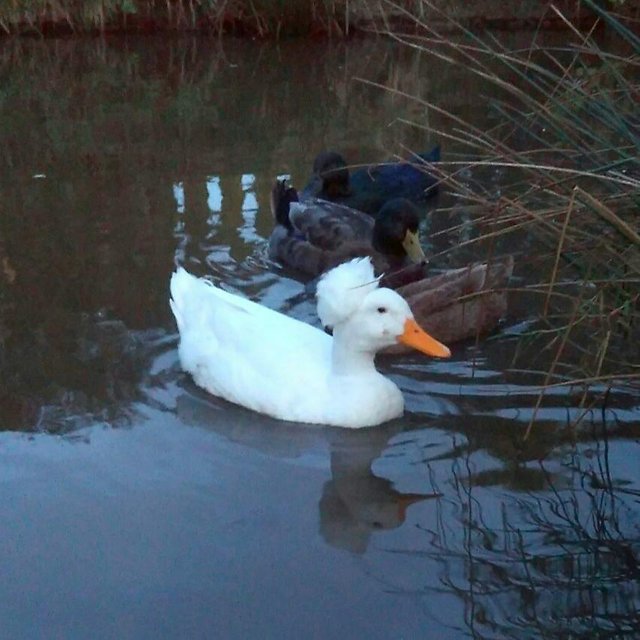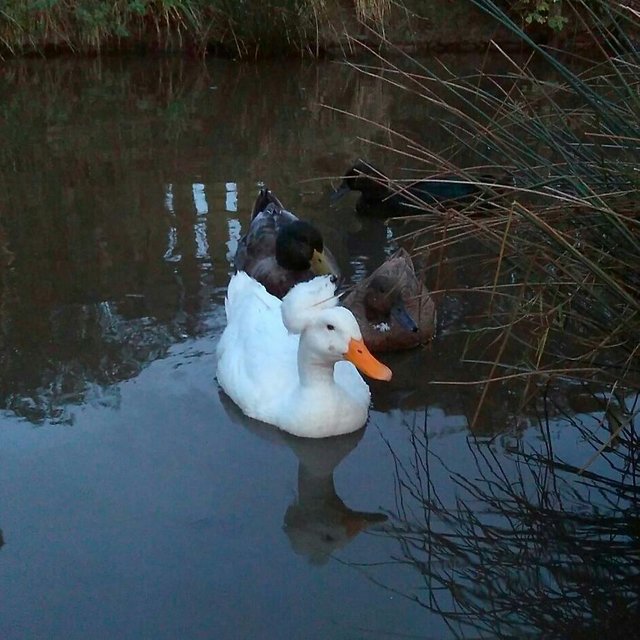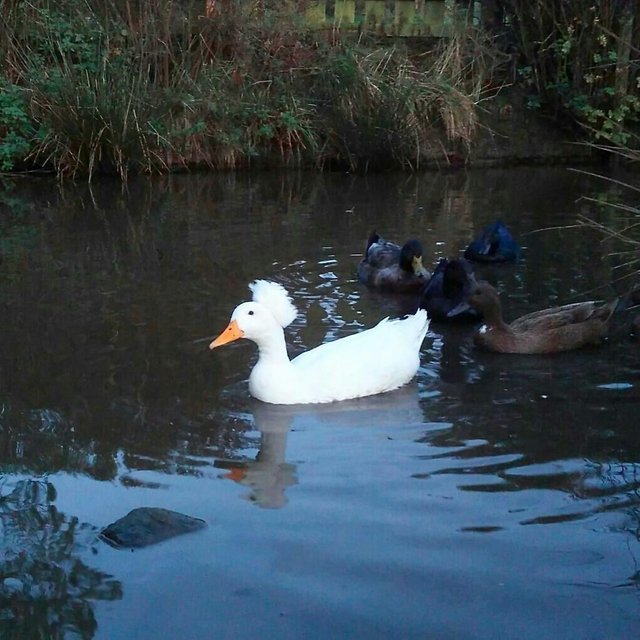Goose
goose
Geese are large aquatic birds of the genus Cygnus family Anatidae. Ducks and Short-necked geese are also found in the Anatidae family. The goose with a short-necked goose enters the Anserinae subfamily but the Goose has its own tribe, the Cygnini tribe. There are seven species in the genus Cygnus. Geese are monogamous animals, 'divorce' sometimes occurs when nesting processes fail.
Geese is the largest member of the Anatidae family, and is one of the largest water birds that can fly. The largest species of geese, the White Goose, Goose Goose, and Whooper Goose can reach 60 inches long and weigh 50 pounds. Their wingspan can reach a length of three meters. Compared to his brother, the short-necked goose, the geese are larger in size and proportionately have larger legs and necks. In an adult swan, they have marks of skin that are not covered in hair between the eyes and the beak. Similar male and female swans do not show sexual dimorphism. But the size of male geese is generally larger and heavier.

Species in the northern hemisphere have a clean white coat, but geese in the southern hemisphere mix black and white. The Australian Black Swan (Cygnus atratus) is completely black except for the fur that is used to fly on its wings. Young black goose is bright gray. In South America, Black-Necked Swan has a black neck to its name. Goose legs are generally dark gray, except for two species from South America that have pink legs. Beak color varies; Subartic species have a black beak with a yellow mixture. The others are red and black.
Geese generally occur in temperate climates, rarely present in the tropics. Five species exist in the northern hemisphere, one species found in Australia and New Zealand, the remainder scattered in South America. The goose is not present in tropical Asia, Central America, northern part of South America, and all of Africa.
The goose feeds on land and in the water. They are almost always herbivorous, though a small number of small aquatic animals fall prey to them. In the waters, the food they get by filtering water, and their food consists of roots, stems, and leaves of aquatic plants and plants in the water.

